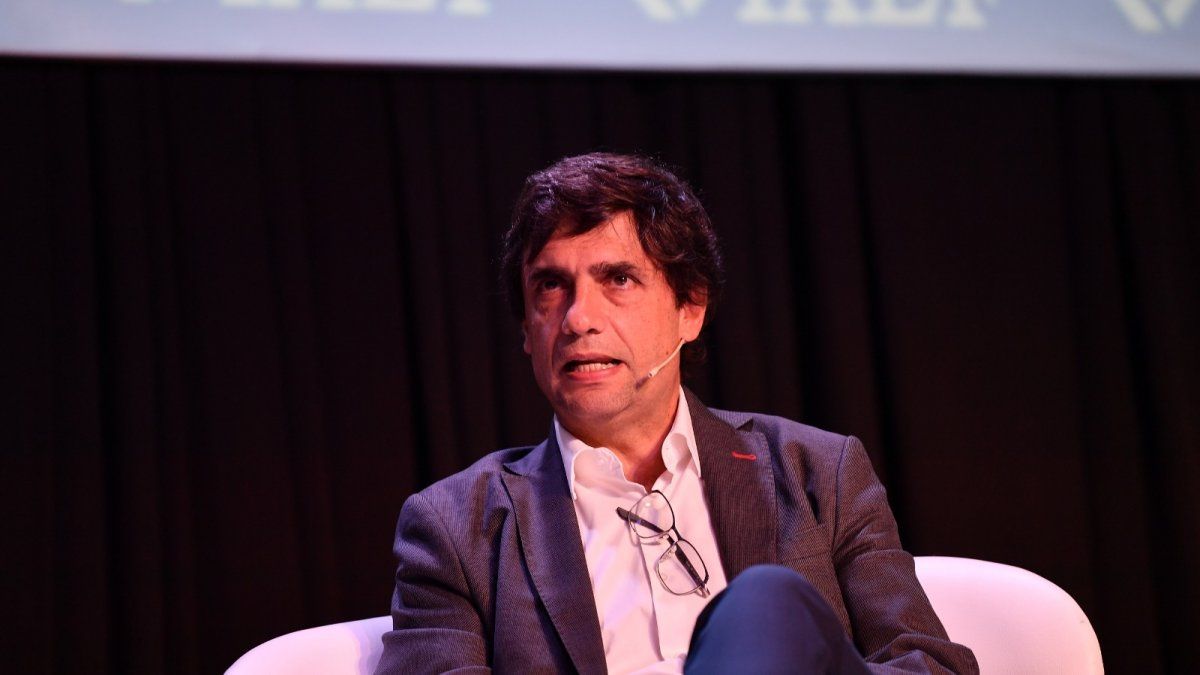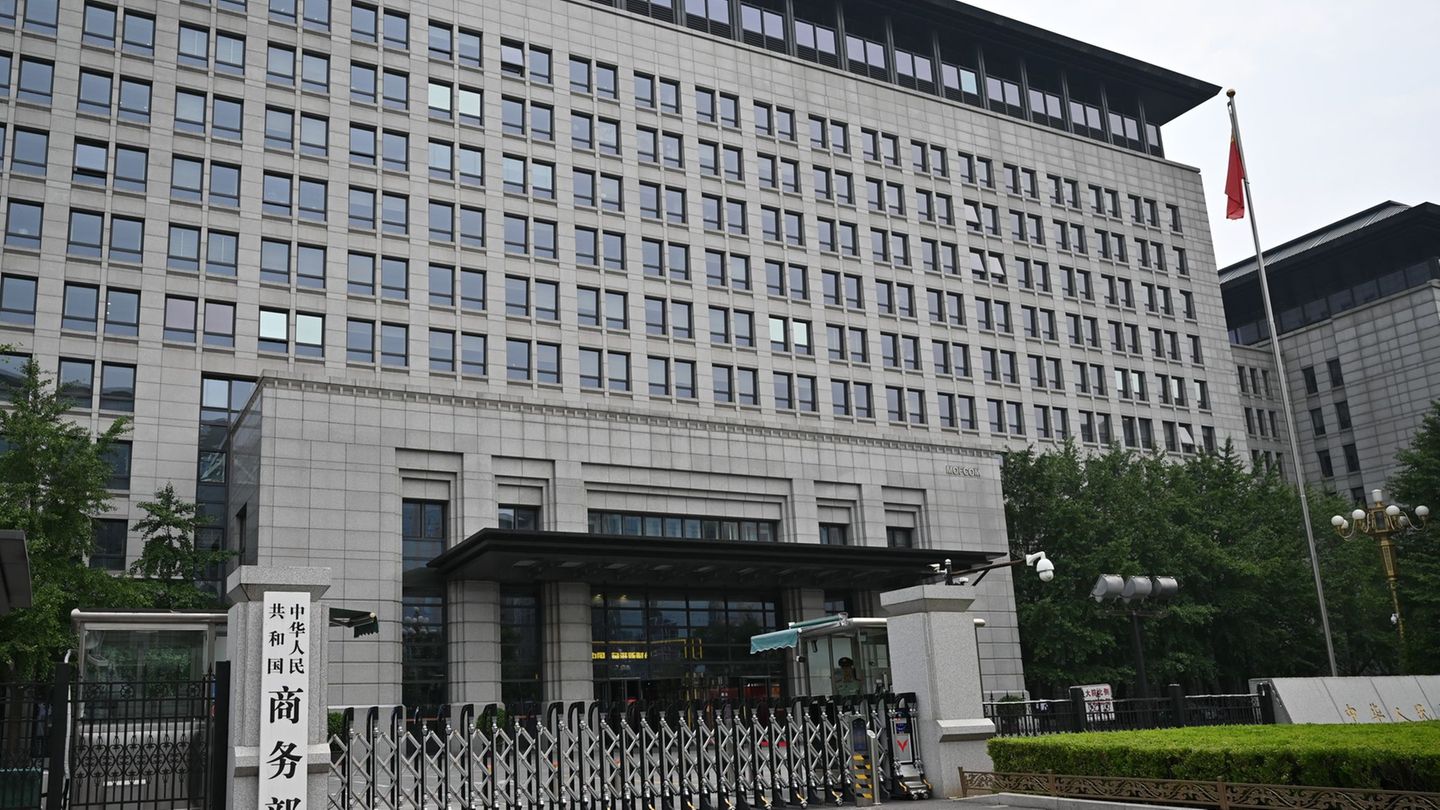The official established the CEPO in September 2019 but congratulated the current management to eliminate it after 2049 days.
From the announcement of a new according to the IMF and the End of exchange ratethe analysis of economists and political leaders followed. Among them is the Hernán Lacunzawho exercised as Minister of Finance of the Nation in 2019 During the presidency of Mauricio Macri.
The content you want to access is exclusive to subscribers.
The former official acknowledged that he established the stocks September 2, 2019 And he explained that his decision was based on “the same reason that an emergentologist applies a tourniquet and not an anticoagulant to a patient bleeding. It was stocks or corralito: With savers fleeing from the peso, rumors of early elections and a disagreement, the available reserves did not reach depositors and peso holders. “”In financial crisis with institutional risk, economic policy consists in choosing the least bad. The corralito was worse“He added.


He also stated that “the stocks, such as the tourniquet, is an abnormality. Its persistence generates thrombosis to investment and growth“But that” maintaining or lifting it is a daily decision. “” As that day and until yesterday, none judged to lift it, for fear of a greater evil (hyperinflation, corralito), “he analyzed.
In his message, Lacunza congratulated Luis Caputo and Santiago Bausili because “after almost a year and a half of fiscal balance and monetary prudence […] They decided it was the time. “”Let him never come back again, not because he says it an innocuous norm or an empty promise, but because we have currency and stability“, he proposed and concluded yearning” that economic policy can devote itself to devising goals, not stopping. “
Martín Guzmán: “Caputo’s bicycle came out the chain”
Another former Minister of Economy who echoed the news on his social networks was Martín Guzmán. In an analysis entitled: “More debt to the IMF: What will happen from Monday and what does it mean for you?”explained how the accelerated sale of International reserves by the Central Bank of the Argentine Republic (BCRA) He pushed the country towards a critical situation.
Embed – https://publish.twitter.com/Oembed?url=https://x.com/martin_m_guzman/status/191112079520996999&partner=&hide_thread=false
More debt to the IMF: What will happen from Monday and what does it mean for you?
The starting point:
The Central Bank of Argentina was selling the dollars that had left and even those that do not belong to it (the deposits in the USD of the people in the banks …
– Martín Guzmán (@Martin_M_Guzman) April 12, 2025
The economist remarked that the government bet on a “exchange anchor“That, according to him, it worked for a while but generated incentives for financial speculators to apply a”Financial bicycle”, Taking advantage of the difference between interest rates in pesos and the evolution of the exchange rate.”The bike chain was oxidizing“Guzmán said, referring to the exhaustion of that scheme.
He also pointed out that the new loan of U $ S15,000 million The IMF, announced days ago, does not point to productive investments, but to sustain an economy that relies on external indebtedness. “A new bicycle chain”He said. In his diagnosis, Guzmán explained that the BCRA reached negative net reserveswhich implies that the country no longer has its own liquid resources and, therefore, “had to lend the dollars that belong to savings of the Argentines “to try stop the deterioration ofl weight.
Source: Ambito




